Scenes From Nth Generation's End-User Conference
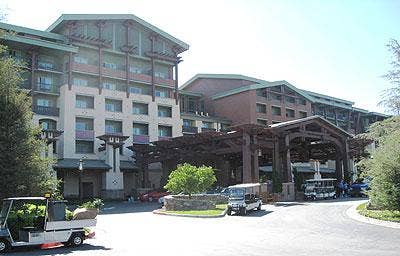
Nth Generation brought nearly its entire staff and almost all of its $5 million worth of lab equipment to Disney's Grand Californian Hotel in Anaheim, Calif., in August for its annual three-day Technical Symposium.
The conference featured keynotes from executives from some of the top storage, server and software vendors, particularly Hewlett-Packard, which is Nth Generation's largest vendor partner.
Also featured were more than 20 technical breakout sessions, as well as training and tutorial sessions on server and desktop virtualization, compliance and eDiscovery.
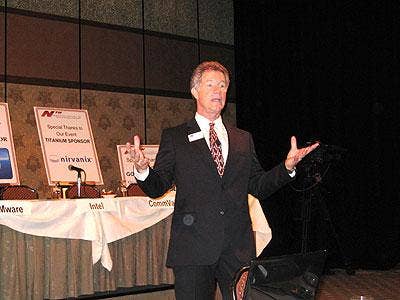
The general sessions were kicked off by John Randall, vice president of marketing at Nth Generation. He introduced the day's content targeted at an audience consisting mainly of Southern California enterprise IT administrators and CIOs. "You don't have to fly to Gartner [for this kind of content]," Randall said.
Randall also laid out some of the ground rules for the conference, including a unique way to get attendees to fill out surveys and provide feedback to help recruit future speakers.
"But more important, it's your meal ticket," Randall said. "Fill it out to get into the buffet line."
Randall also noted that some breakout sessions were held two-at-a-time.
"It's a challenge to decide where to go next," he said. "Also, if you are here by yourself, I suggest you get on the phone and call one of your colleagues to come in so you can attend both."
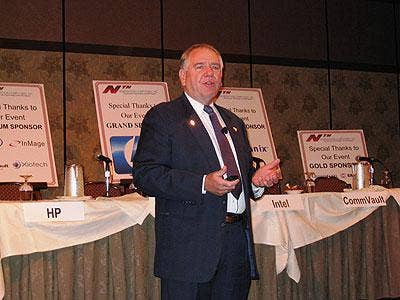
Rich Baldwin, CEO of Nth Generation, talked about Nth Generation's business and how it fits in today's storage environment.
Nth Generation had revenue of $40 million in 2008, and is seeing growth in 2009, Baldwin said. The company currently has 65 employees, up from 29 people in 2005. Since last November, the company has hired a president, a CFO, a solutions architect and five account managers, he said.
This growth stems from the simultaneous dramatic decline in the price of storage technology and increase in the cost of managing it, Baldwin said.
For instance, he said storage prices have declined by a factor of 50,000 times in the last 40 years, while the cost of people to administer that storage just continues to rise. "That's why we're here, to help you," he said.
Baldwin knows more than most about the cost of storage. He personally is storing thousands of terabytes of photos and videos stemming from his hobby, photography.
He said his new Canon 5D Mark II takes high-definition video at 20 GB per hour, and saves each photo as a 25-MB RAW and a 15-MB JPEG file. "I may be one of the biggest consumers of storage," he said.
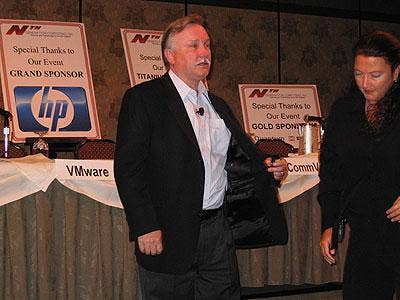
Next up was Mark Gonzalez, who joined Nth Generation last November.
Until last year, Gonzalez was vice president of enterprise storage and server sales for the Americas at Hewlett-Packard, where he was responsible for $7.5 billion in revenue.
Gonzalez, a long-time personal friend of Baldwin's, joined Nth Generation in order to help the solution provider enter a new phase of growth.
Gonzalez is no stranger to the Nth Generation Technical Symposium, having been the HP keynote speaker at the event in the past.
However, that did not guarantee him success as a speaker. He had microphone problems until he was assisted by Karen Franklin of Merlin Productions, a San Diego-based production company that has helped stage the Nth Generation event during the nine years it has been held.
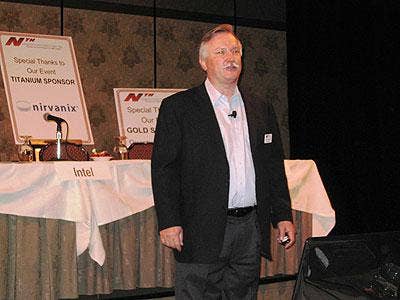
Gonzalez said companies everywhere are looking for new ways to control IT costs and increase IT management capabilities.
"They say, adversity is the mother of invention," he said. "If you look at today's environment, we have a lot of mothers of invention."
The government has become a key driver of the growth of storage, Gonzalez said. For instance, he cited HIPAA regulations requiring medical companies keep patient data for two years after a patient dies.
He also said that 130 TB of storage was created when Lehman Brothers went out of business last year. "You can't even die without generating storage," he said.
Nth Generation helps customers simplify their IT environment, increase availability and comply with government regulations, Gonzalez said.
It's able to deliver these services by providing two technicians for every sales rep, a $5 million demonstration lab, a beta test site for new HP technology, and a wide range of certifications, he said.
Most important, Nth Generation provides a reality check. "Your systems are at their optimum the day they're installed," he said. "Why? Because you add more applications and make changes. We come in and do health checks."
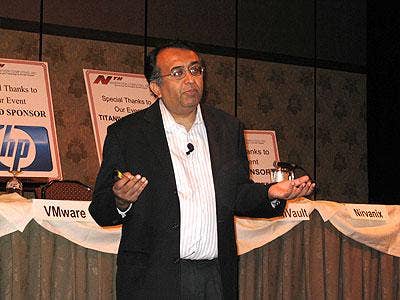
Businesses need to look at ways to implement cloud computing as the focus on costs shifts from IT infrastructures towards applications, said Raghu Raghuram, vice president and general manager of the Server Business Unit at VMware.
Raghuram defined cloud computing as IT delivered as a shared service on an inexpensive, pay-as-you-go basis.
With VMware's new vSphere cloud operating system, VMware is making it possible for customers to build internal compute clouds and access public compute clouds by separating the application from the underlying IT infrastructure, Raghuram said.
He also said the way to understand the benefit of cloud computing is to measure capital expenditures, operational expenditures, mean time between failure, and policy enforcement on a per-application basis.
Customers who have already adopted virtualization and have started pooling physical resources are ready to look at cloud computing, Raghuram said. "Cloud computing is just a logical extension of many of the benefits you have come to expect from virtualization," he said.
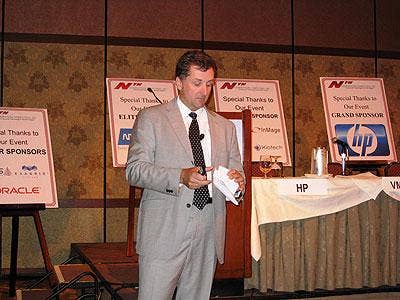
Cloud computing is both overhyped and changing the world of IT, depending on a company's experience, said Scott McClellan, HP's vice president and chief technologist for scalable computing and infrastructure.
Customers, especially consumers, are already seeing success stories about Google, Amazon, Yahoo, and other providers of low-cost cloud solutions, McClellan said.
But at the same time, there are a lot of really new things happening with new terms like Web 2.0, Web 3.0, mashups, Ruby, Rails, AJAX, and so on, he said.
And then there's marketing, which comes along to hype anything new that customers might demand. "At HP, we had to resist the temptation to put the word 'cloud' on everything we do," he said.
Probably the most important trend HP is watching is the move by customers from dedicated IT resources to pooled resources, which started long before people called it virtualization or cloud computing, McClellan said.
"I would tell anyone that the best way to get ready for the cloud is to go through the transformation to a services-oriented shop," he said.
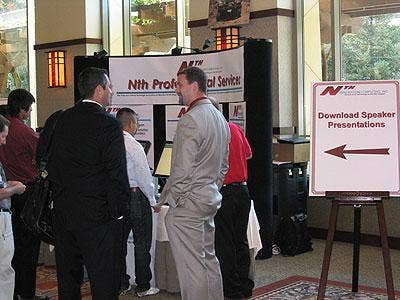
Between sessions, Nth Generation made the speakers' presentations available to attendees.
Only one catch: Attendees had to visit Nth Generation's professional services team where, no doubt, they got the opportunity to learn more about the solution provider's services offerings and perhaps exchange cards with someone who would be glad to call after the conference to answer any questions, among other things.
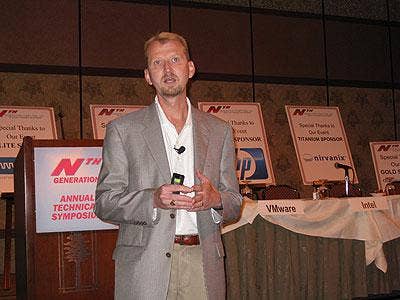
Intel's Emerging Compute Lab is studying how new technologies can be applied to enterprise customer environments, said Chuck Brown, director and programming manager of Intel's Digital Enterprise Group.
A lot of those new technologies, including client and application virtualization and cloud computing, are helping employees be more mobile and access IT resources using their own devices, Brown said.
That presents corporate IT managers with issues such as compliance, security and total cost of ownership, he said.
IT has to respond by balancing the need for centralized control of company resources with an increasingly mobile workforce, especially as up to one-fourth of workers within the next 10 years will be Generation Y people.
"As they come into the corporate environment, they will bring in their own technology and assume you will be able to work with their devices," he said.
Intel is already leveraging virtualization and cloud computing for its own workforce, 90 percent of which is already mobile, Brown said.
"Our users expect that now," he said. "In the end, that is productivity. To take that away from them, to say you have to be tethered to the office or home, would have a dramatic impact."
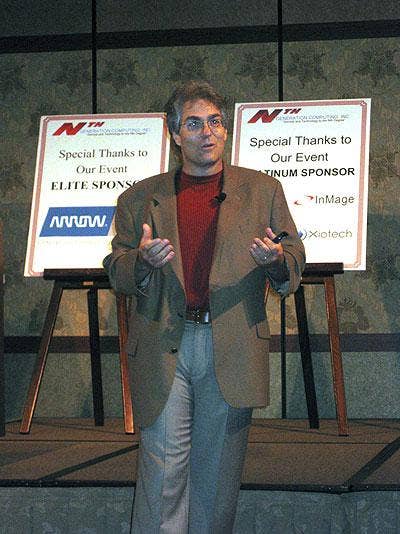
There is a lot of buzz about solid-state drives, or SSDs, but adoption has been held back while operating system and application compatibility improves and the big hard drive vendors make their move, said Steve Sicola, CTO of Xiotech and one of the storage industry's most prolific patent owners.
Anyone who is currently using SSDs in their storage infrastructure is still an early adopter, or pioneer, Sicola said. "I always say, pioneers get arrows," he said. "They deserve them."
The biggest fiction today is that SSDs are ready for prime time, Sicola said. However, they still suffer from reliability and handling issues with Flash memory, inconsistent performance over time, and the inability of operating systems and applications to use them efficiently, he said.
While several vendors have entered the SSD market, the list has yet to include Seagate, Western Digital and Hitachi Global Storage Technologies (HGST).
While all three have products in the works, they are taking time to develop the right relationships for the technology while not disturbing their big share of the hard drive market, he said.
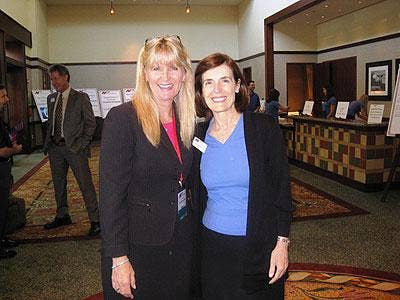
Vicki Halsey, vice president of applied learning at The Ken Blanchard Companies, told attendees that simple changes in how e-mails are handled can increase the productivity of a typical employee by about 15 days per year.
Halsey (left) said the average worker sends 29 e-mails and reads 43 e-mails a day, and spends 2 minutes per e-mail, resulting in 74 eight-hour workdays spent per year handling e-mails.
Reducing the total time spent by 20 percent by simply sending and receiving fewer e-mails can result in 15 more productive working days per year per employee, Halsey said.
"You have to ask yourself, is it needed? Is it appropriate? Is it targeted?" she said.
An e-mail has to be written in a timely manner, be relevant to the recipient, and provide a complete response instead of saying that other information will come when the writer gets a chance.
E-mails should also comply with company requirements, be professionally written, not be offensive in any way, and be targeted to specific users without hitting "reply to all" or using e-mail lists or the cc: function unless absolutely necessary, she said.
One of Halsey's students is Jan Baldwin (right), co-CEO of Nth Generation's Digital Enterprise group and wife of Rich Baldwin.
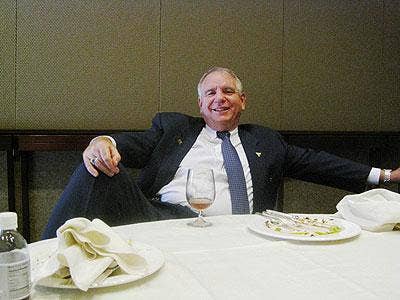
The hiring of a president and a CFO for the first time in Nth Generation's history enables CEO Baldwin to look not only at being able to grow the business but also ensuring it will continue to grow even after he one day steps aside.
Gonzalez has helped attract new talent with local relationships that will help Nth Generation grow, including people from Sun Microsystems, EMC, IBM and GlassHouse, Baldwin said. He has also instilled in the sales team the importance of selling solutions, and added such best practices as quarterly reviews, accurate forecasting, and the ability to make tough decisions to eliminate certain positions, he said.
Baldwin, who this Summer turned 60, has seen his employees become a family over the past 20-plus years, with many of them getting married and having children who have then worked for the company part-time.
However, despite having fun with the business, he knows that one day the company will be in other hands. "I know if I get hit by a bus today, the company will be fine," he said.